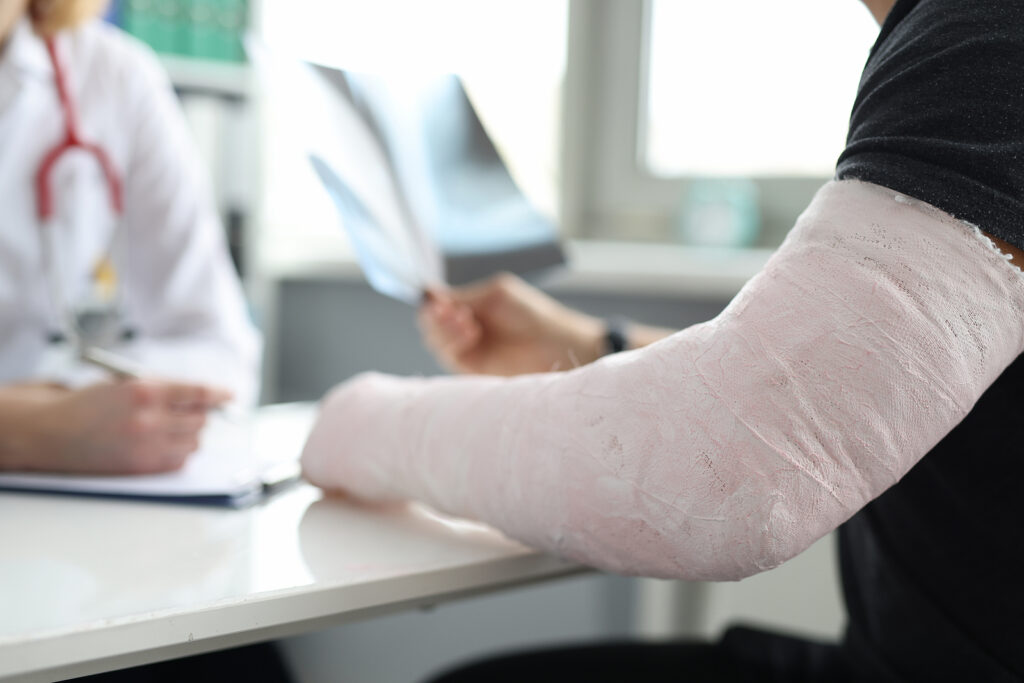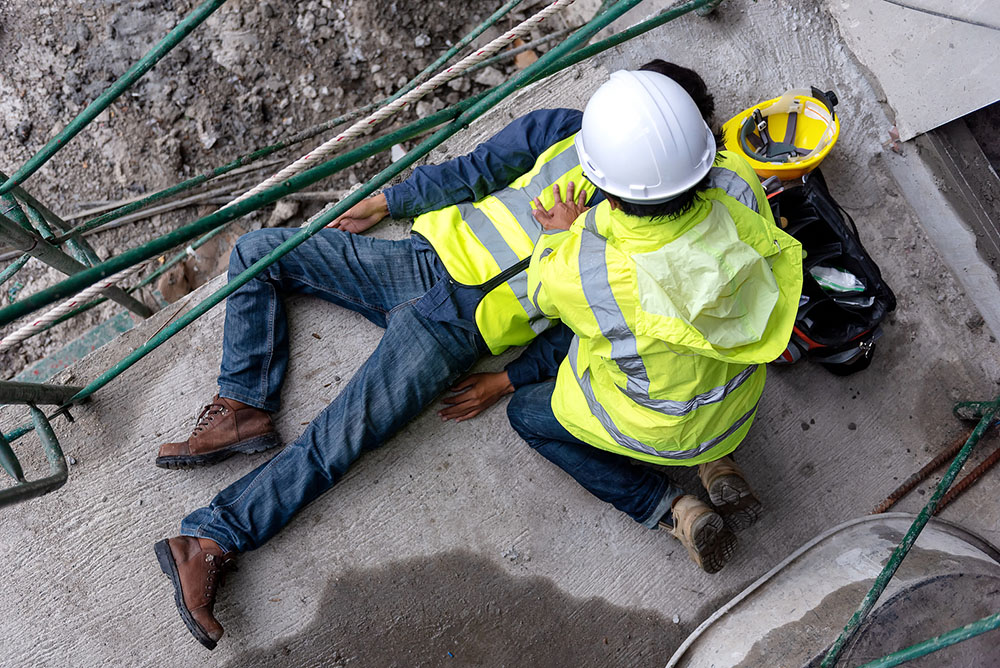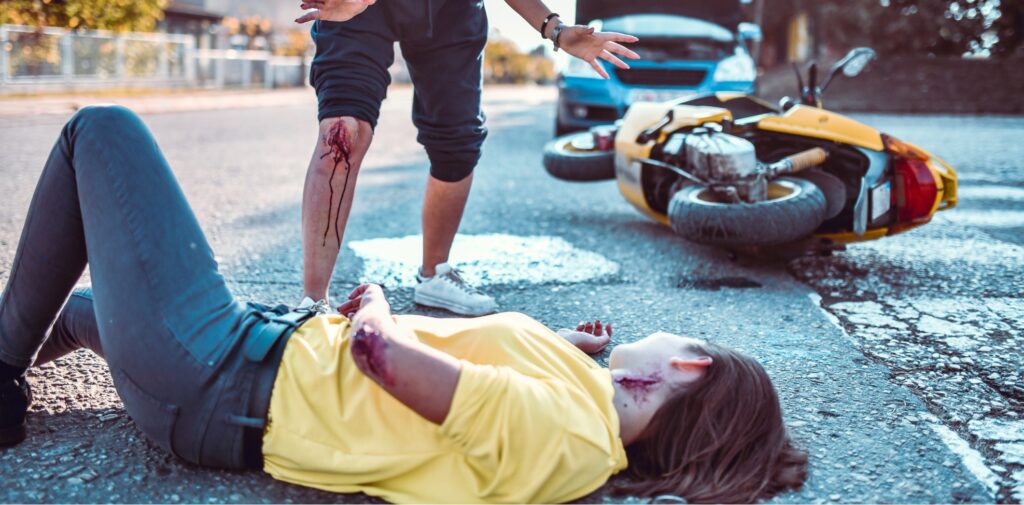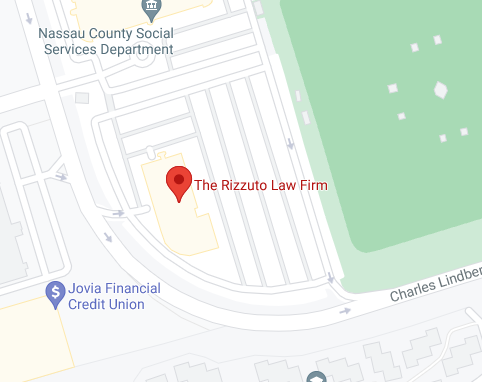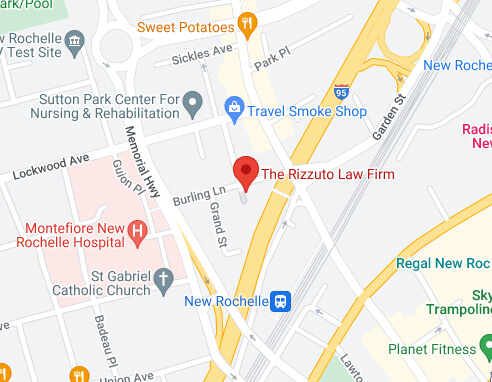What Is the Process for Filing a Personal Injury Lawsuit in New York?
Personal injury law is complicated, and understanding the process (which can have multiple variations) is vital to pursuing a personal injury damages case. However, there are some steps that are common in most of these cases.
- If someone has been injured or harmed in an accident (known as the plaintiff) or because of what might be considered negligent behavior, the first step is to meet with an experienced personal injury attorney. They can help advise you as to how your case might work out and what the best approach could be.
- Then, it’s time to gather evidence. If there were eyewitnesses to the accident or security cameras that might have filmed it, that could be valuable evidence. Police and medical reports can confirm the accident took place and help connect it to the injury (more on why that’s important below).
- Identifying the correct person or organization that’s at fault is vital (known as the defendant). Sometimes, it’s not the obvious choice. Other times, there may be multiple parties involved.
- Compiling the costs incurred by the plaintiff, including medical bills and lost wages, among others, is essential to prove the case had costs involved. Then, an initial demand letter can be sent to the person or organization likely responsible.
- Negotiations may ensue with the plaintiff or the plaintiff’s insurance company and attorneys. As noted above, most cases end in a negotiated settlement, and that would be the end of the matter.
- But if the settlement can’t be reached, a lawsuit is filed, and the defendant is served notice. They have the right to respond, and then the discovery process begins. This stage is most of what’s involved in the lawsuit process, and it is a continuation of gathering evidence in the form of physical items and deposition, where people testify under oath about the case. There may also be expert witnesses called to confirm or refute parts of the evidence.
- At any time, the parties can try negotiating again to avoid the final trial. But if they still can’t agree, the case will go to trial. How long that takes depends on the injuries involved, the number of people involved in the case and in testifying, and how complex the case is.
- Then, it’s time for the jury’s response. If either side disagrees with the ruling, they can file an appeal, which will cause the ruling to be on hold until the appeal is settled.
How Is Negligence Proven in New York?
Negligence has four aspects, all of which must be proven in court for the plaintiff to be successful.
- Duty of care. The defendant had a responsibility to ensure the safety of others.
- Breach of the duty of care. The defendant did not follow the duty of care.
- Causation. This demonstrates that the breach of duty of care led to the accident, which caused the plaintiff’s injuries. That direct link between the breach of care-accident-injuries is vital to the case and sometimes the hardest to prove.
- Damages. The plaintiff incurred financial damages as a result of the accident and injury.
Another aspect of negligence is New York’s pure comparative negligence laws. Many accidents have more than one cause. In New York, if the injured person was partly at fault for the accident, their damages may be reduced by the percentage of fault. So if they were awarded $20,000 in damages from the defendant but the court found the plaintiff 40% at fault, they’d only receive $12,000.
Will I have to Go to Court for a Personal Injury Lawsuit?
The vast majority of personal injury cases in New York never end up in a courtroom. More than 90% end up settling. There are two primary reasons for this.
- Time and money. Preparing for a courtroom case takes considerable time, and that, in turn, can be expensive. What’s more, the time spent preparing for the case is time the plaintiff hasn’t received any money for the injuries incurred, meaning they’re paying out of pocket for all their expenses.
- Lower risk. Pursuing a case in court is not without risk. Even if the evidence seems strong, there are times when something might overcome that evidence, leading the plaintiff to a much smaller amount of damages–or none at all. Accepting a settlement means the plaintiff is guaranteed to receive funds, usually sooner rather than later.
That said, sometimes the risk is worth taking. It’s highly advisable to discuss the pros and cons of settlements vs. court cases with a knowledgeable personal injury attorney.
What Should I Do if I Have a Personal Injury Case?
First, see a doctor to have the injury assessed. Even if someone feels fine, the injury may be worse than they realize. If left untreated, it can worsen and become dangerous.
Then call the Rizzuto Law Firm as soon as possible at 516-622-0606 for a free case evaluation. We understand how negligence must be proven, and we can guide you through how your case fits the existing negligence law. We can assist in gathering evidence, and we can help with negotiations if it appears a settlement may work.
Something that shouldn’t be done: Communicate with the defendant, their insurance representative, or attorney. They may try to convince you to accept a small settlement when you may be entitled to a much larger one, or they may try to place more fault on you. Don’t discuss the case with them; just forward communications to your attorney.

